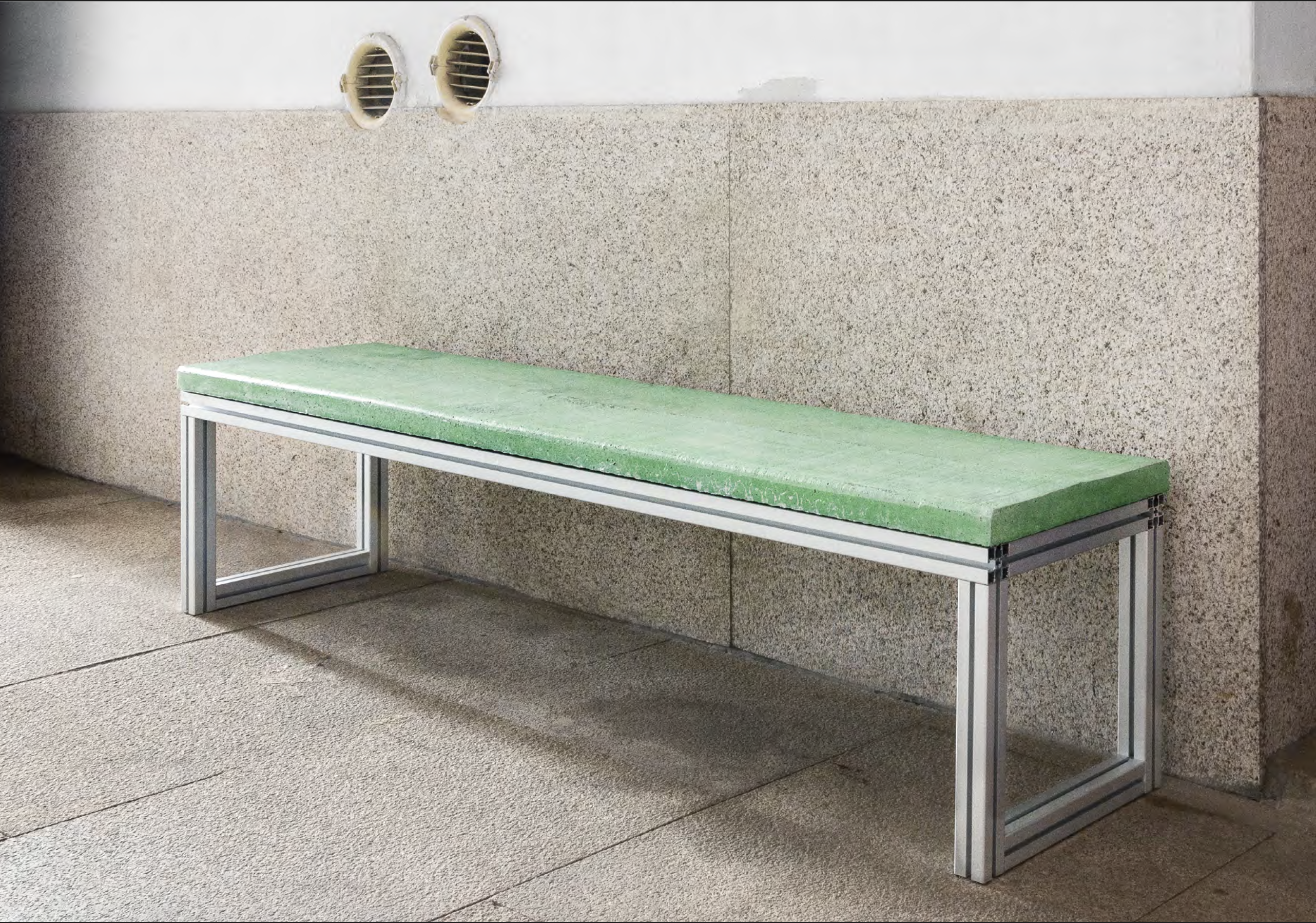Roots by Default, 2022
Publication / Catalogue
With Gonçalo Sena, Lucía Bayón Mendoza, Cristina Mejías, Christian García Bello, Mònica Planes, Jimena Kato
With essays by María Gracia de Pedro, Claudia Elies, Marti Manen, Patricia Esquivias.
English translation: Carlota Mir
From the exhibition Roots by Default, XIII edition of Se busca comisario/a de la Comunidad in Madrid.Sala de Arte Joven, Madrid
With Claudia Elies and María Gracia de Pedro
Fragment of the text
[…]
“Like a mountain shaped by the passage of time, through rain and hail, by default. Because once it has rained, it cannot rain any other way. The hills have already formed, the stones of cathedrals blackened; the tracks are beaten after so many wheels turning. The trails have opened up so many different paths that those to come will be able to walk only beneath their memory.” ‘Roots by Default’ explores tradition through the notions of sediment, friction, fault, and grain. Tradition is conceived as an accumulation of knowledge that is transferred over time—as if the water marks left by a glass on a table were to crystallize, forming layers on top of one another. As if time were suspended in a kind of present that never ends. And what is time if not this? As Borges said— everything happens for the first time, but in a way that is eternal. We think of tradition from its root and its etymology, from the Latin verb tradere: “he who delivers”. In every tradition there is an act of giving, a gift, an inheritance. A transfer. And that is how we have sought to approach it. We wanted to explore the roots that live within us almost innately, by default, as if things could not be any other way. We know that these roots can be biased—we have deliberately approached them through a sense of beauty, almost turning our backs on those roots that hurt us, those that are cruel. We have only listened to the kind, delicate echoes that bring us a sense of satisfaction—or to those we have learned to love over time. An involuntary memory of sorts, appearing out of nowhere, like an embrace. Like the night-time story that a mother reads to her child. Here, we do not seek to appeal to some inner howl that dictates we must change the course of history, giving voice to those who have not had it—to those who have been left out. Instead, we want to intervene and think of history as T. S. Eliot1 imagined it: as a non-linear expanded movement where there are no precursors, or at least not in the way we imagine them. Sometimes legacies weigh us down. We feel them hurt all over our bodies, like a heavy bag that is painful to carry or a stone in the shoe. The six roots that intertwine here own neither statues, nor palaces. Neither pedestals, nor crowns. They are made of splits, of cuts, of various present tenses that become scraps. They invoke neither glory nor posterity. Rather, they are tied to memory, to childhood, to territory, to what is known, to philias and phobias. Memory can be ambiguous – so linked to desire it often becomes distorted. Just like the lost paradise of childhood, which remains a paradise only insofar as we cannot return to it. But although we have not made a plea for the forgotten, we do like them to be here. We do not intend to claim privilege, nor to heal guilt. We simply wish to show it in the most honest way possible, with its many layers and oscillations. Our aim is to pursue gold without differentiating. This is why we admit forgeries: we also want them to happen. For any luthier or whaler deserves a marble pedestal, and any hillock of pulped paper or piece of cement, a square. For bronze does not only belong to statues, nor do fountains only gush water in honour of those who claim to be someone. We wish to have it all.
